The Badimalika trek stands out as one of the finest and least explored trekking routes in western Nepal. Renowned for its captivating features, this trek offers a blend of high mountain passes, ethnic villages, awe-inspiring natural scenery, spiritual encounters, insights into local lifestyles, verdant hills, snow-capped Himalayan peaks, secluded natural campsites, untamed trails, and pristine landscapes in the western part of Nepal. Situated in the Bajura district of the Seti Zone, the Badimalika Temple is devoted to Bhagwati, adding a religious dimension to the trek.
Beyond its religious significance, the trek unveils numerous natural and cultural wonders. A major highlight of the journey is a visit to the Badimalika Temple, perched on a hillock, while the Api and Saipal mountain ranges enhance the trek’s scenic allure. For a more comprehensive adventure, the Badimalika Trek can be combined with the Khaptad National Park Trek, as Badimalika lies within Khaptad National Park—one of Nepal’s 12 national parks.
The Badimalika Temple, situated at an elevation of 4,200 meters above sea level, is a prominent religious site. Lower portions of the trek offer accommodation options in local tea houses and lodges, but the upper regions lack human settlements, requiring trekkers to carry their own food and tented camps. Our Badimalika Trek Itinerary, The flexible Badimalika trekking itinerary allows for the inclusion of other popular destinations in the vicinity. One such option is the Khaptad National Park Trek, encompassing an area of 225 square kilometers and featuring diverse flora and fauna. The park is also the spiritual abode of the renowned Khaptad Baba.
With mesmerizing mountain vistas and lush greenery, trekkers can find solace and relaxation. Enjoy the crisp alpine air and soak up the warm sunshine against the backdrop of inspiring mountains. While the Badimalika trail is open year-round, heavy snowfall in winter may pose challenges to trekking. Recognized as one of the most challenging treks in western Nepal, the Badimalika trek offers an unparalleled adventure for those seeking a unique and off-the-beaten-path experience. Guided by experienced trekking leaders, ensures a well-planned exploration of this untouched region, providing breathtaking views of the Api and Saipal peaks.
Badimalika Trek Highlights
1. Badimalika Trekking showcases awe-inspiring Himalayan panoramas, with snow-capped peaks, lush valleys, and dense forests providing a picturesque backdrop.
2. Immerse yourself in the culture, engaging with communities along the way to experience their unique traditions, customs, and warm hospitality.
3. Escape the crowds as Badimalika Trekking offers a quieter, more secluded experience compared to popular trekking destinations.
4. Encounter diverse wildlife amidst varied ecosystems, with opportunities to spot rare and endemic species, creating a haven for nature enthusiasts and birdwatchers.
5. Visit the sacred Badimalika at 4200 meters, adding a spiritual dimension to your trek as pilgrims and trekkers alike pay homage to this revered site.
6. Navigate challenging terrains, from steep ascents to gentle descents, providing an exciting experience for adventure enthusiasts seeking an adrenaline boost.
7. Explore a region known for its unique flora, featuring alpine flowers, medicinal plants, and vibrant rhododendron forests, creating a visual feast during the spring months.
Best time for Badimalika Trek
The best time to trek the Badimalika is during the spring and autumn seasons in Nepal. These periods offer the most favorable weather conditions, clear skies, and optimal temperatures for trekking.
Spring Season (March to May)
Spring is one of the most popular times to trek in the Far Western Region, which includes the Badimalika Trek. During this season:
- Weather Conditions: The weather is generally mild and pleasant, with daytime temperatures ranging from 10°C to 20°C at lower elevations, while higher elevations are cooler.
- Clear Views: The skies are typically clear, providing stunning views of the surrounding mountains, including Mount Api, Saipal, Mount Kailash, and Nandadevi.
- Flora: The rhododendron and pine forests are in full bloom, creating a vibrant landscape with colorful flowers and lush greenery.
- Crowds: Though this is a popular trekking season, the Badimalika Trek trails remain less crowded than other treks in the Far Western Region.
Autumn Season (September to November)
Autumn is another ideal time to trek the Badimalika this season:
- Weather Conditions: The weather is stable with clear skies, low humidity, and pleasant temperatures, similar to spring. Daytime temperatures range from 10°C to 18°C at lower elevations, while it is cooler at higher altitudes.
- Clear Views: Autumn is known for its crisp air, providing excellent visibility of the surrounding peaks and landscapes.
- Festivals: This season aligns with major Nepali festivals like Dashain and Tihar, offering cultural insights and opportunities to experience local traditions.
- Crowds: Though is the peak trekking season in Nepal, and the Badimalika Trek trails are less crowded compared to other treks.
Off-Season Considerations
While spring and autumn are the best time for the Badimalika Trek, some trekkers prefer off-season trekking for a unique experience. However, these periods come with challenges:
- Winter Season (December to February): Trekking in winter offers solitude and stunning snowy landscapes, but temperatures can drop significantly, especially at higher elevations. Trails might be icy, and some teahouses could be closed.
- Monsoon Season (June to August): The monsoon brings heavy rain, making trails slippery and increasing the risk of landslides and leeches. The clouds and rain can also obstruct mountain views.
Overall, spring and autumn offer the best combination of weather, views, and cultural experiences, making them the ideal times to trek the Badimalika. If you’re planning a trip during the off-season, be prepared for additional challenges and always check weather forecasts and trail conditions in advance.
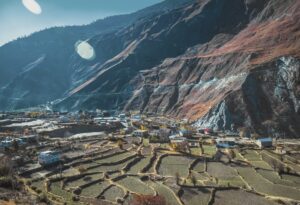 Trekking
Trekking
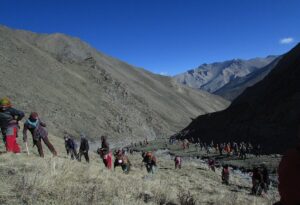 Trekking
Trekking
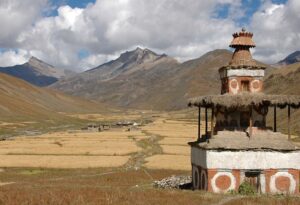 Trekking
Trekking
 Trekking
Trekking
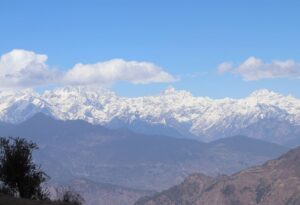 Trekking
Trekking
 Trekking
Trekking
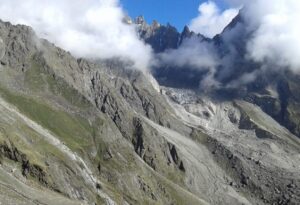 Trekking
Trekking
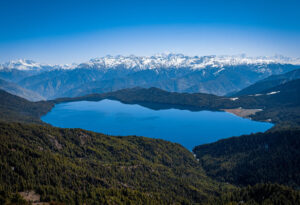 Trekking
Trekking
